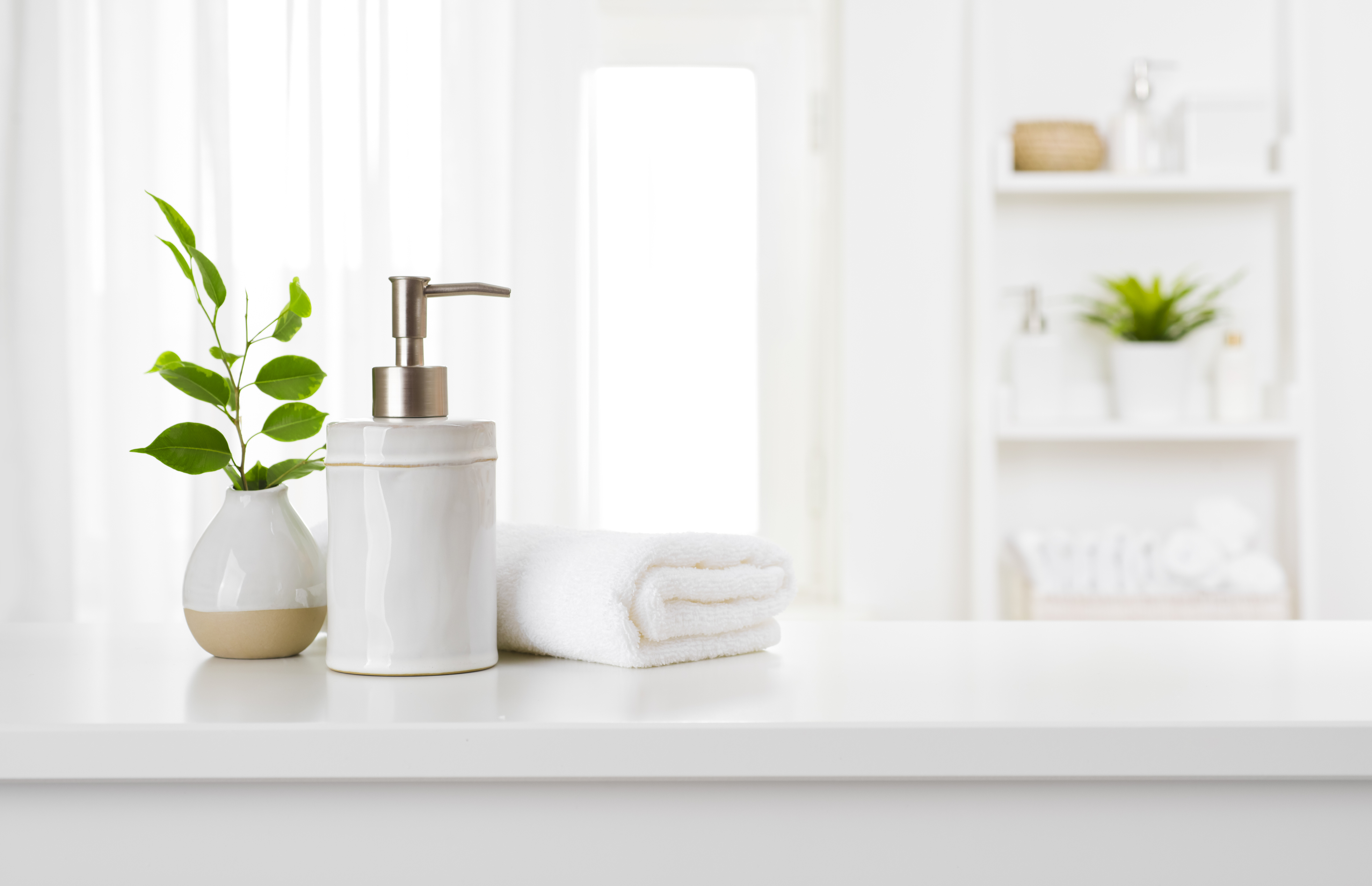Taking Your Heating System’s Temperature
There’s nothing worse than waking up on a chilly morning to discover that your heating system has stopped working. When it comes to keeping these necessities running smoothly, maintenance and functionality go hand in hand. To be sure your system is operating efficiently, which will help you save money, energy, and potentially discomfort, consider these maintenance tips.
Schedule annual service
Unless you just purchased your system, you should have it periodically serviced by a professional who knows exactly how to keep it running efficiently and can troubleshoot for potential problems before they occur. Have a trusted expert come out annually, preferably in early fall, to give your system a tune-up and let you know if any additional service could help your system function more efficiently.
Change filters and bleed radiators
Whether you have a forced-air system or radiant heating, you may need to do your own upkeep from time to time. If you have a forced-air system, you’ll want to change the filter periodically to make sure it isn’t clogged. How frequently you do this will be dictated by your system, the size of your home, and how frequently you use your heat. If you have radiators, you may have noticed them knocking or clanging. If this noise continues beyond the initial heating phase, it may be caused by pockets of air that become trapped inside. Bleeding your radiators eliminates that air and helps your home warm up more quickly and quietly.
Save energy and money with a programmable thermostat
Sure, it’s nice to come home to a warm house, but heating up empty spaces all day long wastes energy and money. A programmable thermostat allows you to still enjoy a warm welcome but without the big bill that accompanies running your system while you’re out. You can set these devices to keep temperatures lower when you’re not there and boost them in time for your return. Many can be controlled from your smart phone. Others, like Google Nest Learning Thermostat, learn your daily routine and adjust accordingly.
Install smoke and carbon monoxide detector
Even if you’ve had your system serviced and believe it’s running optimally, you never know when an issue may arise that can put you and your home at risk. Installing smoke alarms and carbon monoxide detectors can help prevent a tragedy from occurring. Just because your system is located on your home’s lowest level, ideally, these life-saving tools should be placed on every level, especially near upper-floor bedrooms. Choose one that does double duty as both a smoke alarm and carbon monoxide detector and also has a long-life battery.
Maintaining your heating system will not only keep you comfortable all season long, it can save money and energy.

















Share this article with your network!